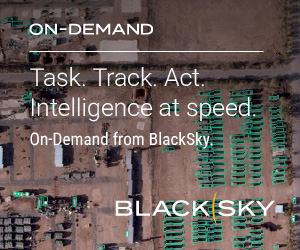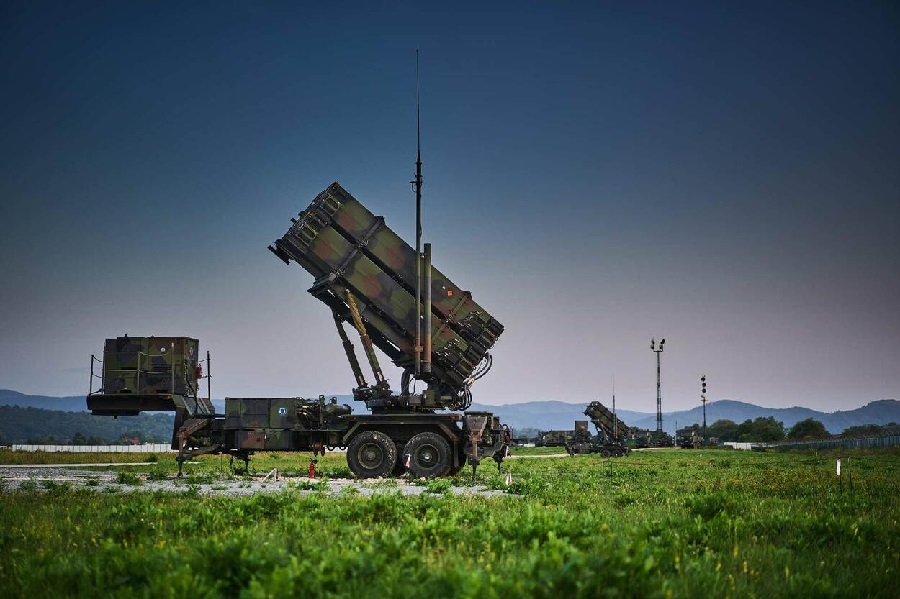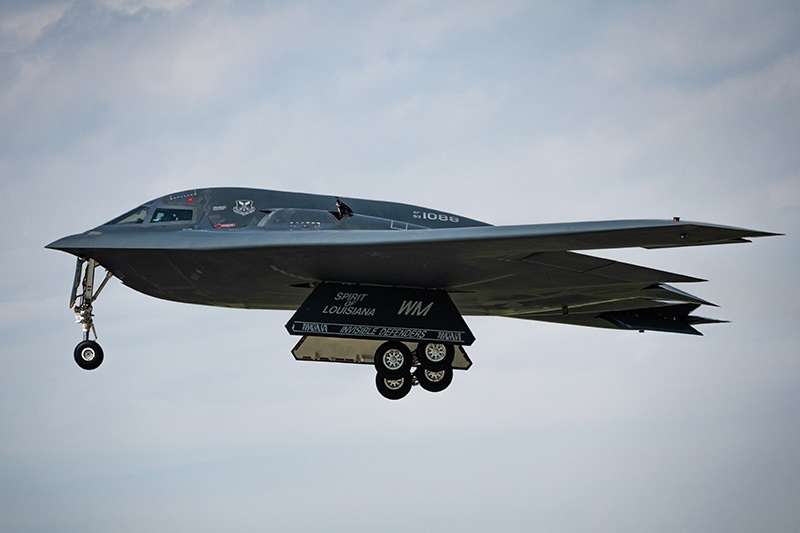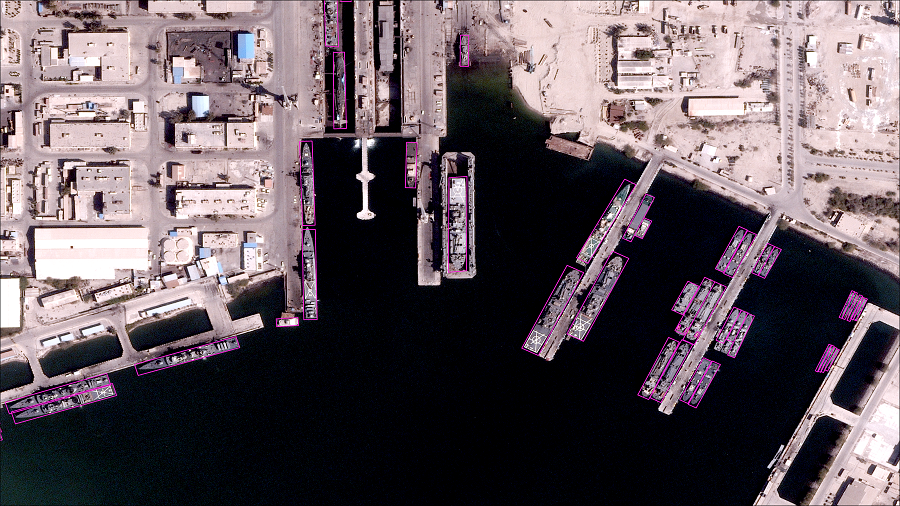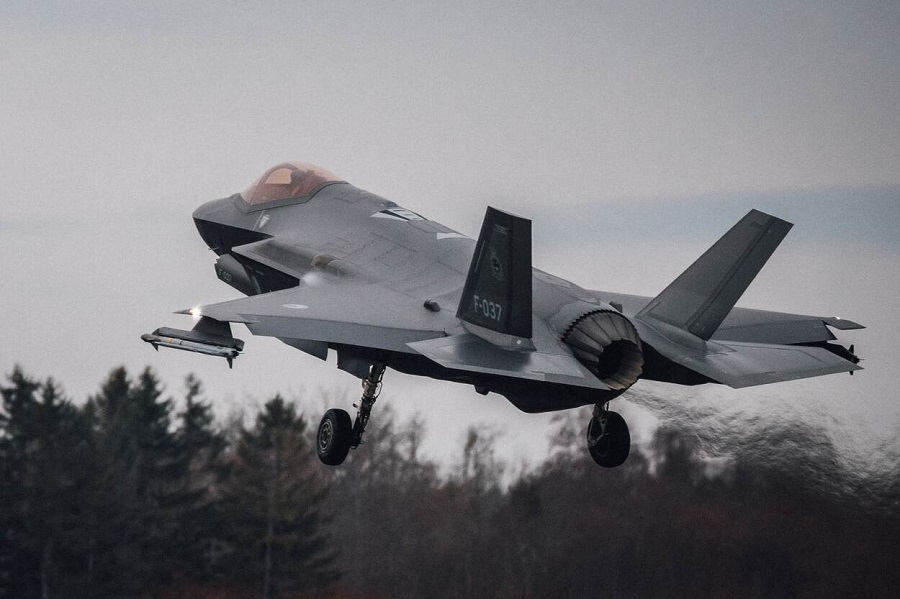The launcher is mounted on the Iveco Trakker 8×8 truck chassis. It can alternatively carry 36 Accular 122mm caliber missiles (range of 35 km), 12 M31 GMLRS 227mm caliber missiles (range of 84 km), 8 Extra 306mm caliber missiles (range of 150 km), 4 MBDA Joint Fire Support Missiles, 4 Predator Hawk 370mm caliber missiles (range of 300 km), or 4 Kongsberg NSMs. The actual range of the NSM is up to 250 km, while the JFS-M is expected to reach a range of 499 km.
German media reported that the Bundeswehr has already made a decision to acquire artillery of Israeli origin. These reports have not been officially confirmed yet. However, given that the showcased JFS-M at the Future Artillery 2023 exhibition is a key element of the country’s rocket artillery modernization, the readiness of Elbit Systems and MBDA Deutschland to fully integrate the missile only strengthens Berlin’s conviction that this is the right step forward.
Furthermore, missiles of this type could also be deployed on the modernized MARS II rocket launchers, which are expected to serve until 2035 and currently utilize GMLRS ammunition with a range of 84 km. The JFS-M could also be launched from other land-based and naval launchers.
The JFS-M had its debut at the ILA 2022 exhibition in Berlin, where MBDA Deutschland presented a full-scale model, confirming the ongoing development of the missile. It was proposed as part of the rocket artillery modernization within the Future Indirect Fire System (ZukSysIndirF, Zukünftiges System Indirektes Feuer) program. It was only then that information about the work conducted at the company’s facilities in Schrobenhausen, Bavaria, became available.
The flight speed of the missile is expected to be subsonic, ranging from Ma 0.4 to 0.9, while the range of the standard missile is up to 300 km (maximum 499 km). The JFS-M will also be a quasi-loitering munition, allowing for route optimization and the ability to bypass enemy air defence systems on its way to the target. The onboard navigation and communication systems of the JFS-M missile are expected to be more resilient to electronic warfare measures compared to commonly used ammunition in this class.

